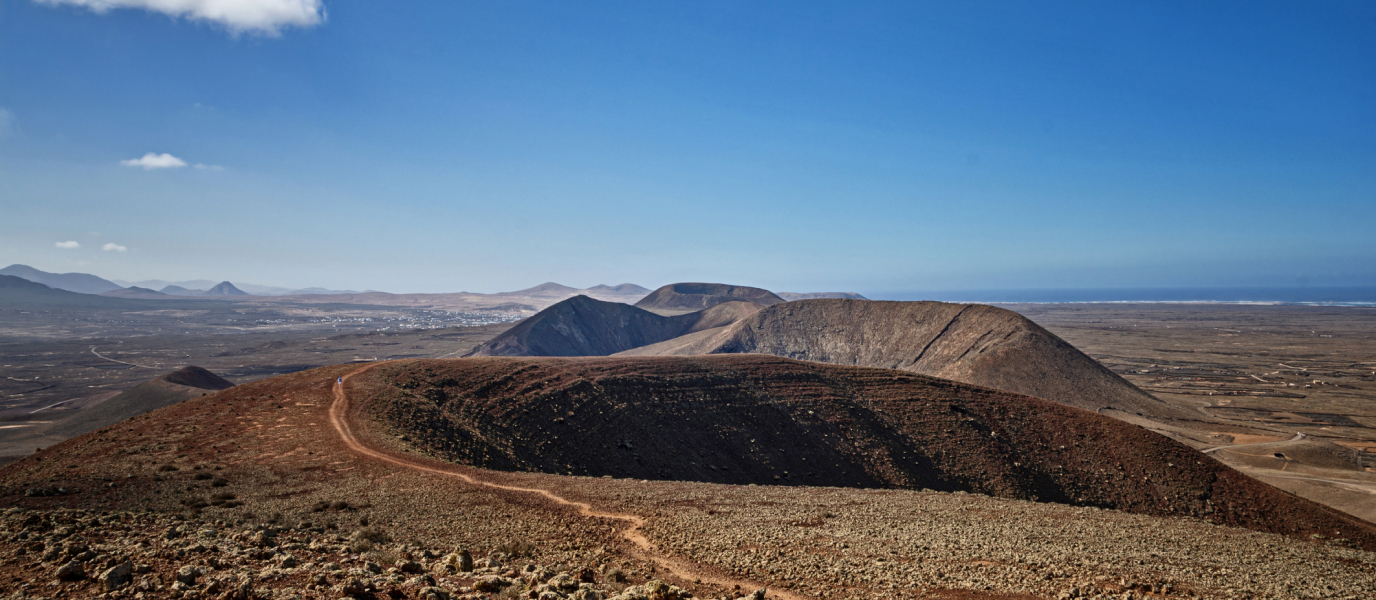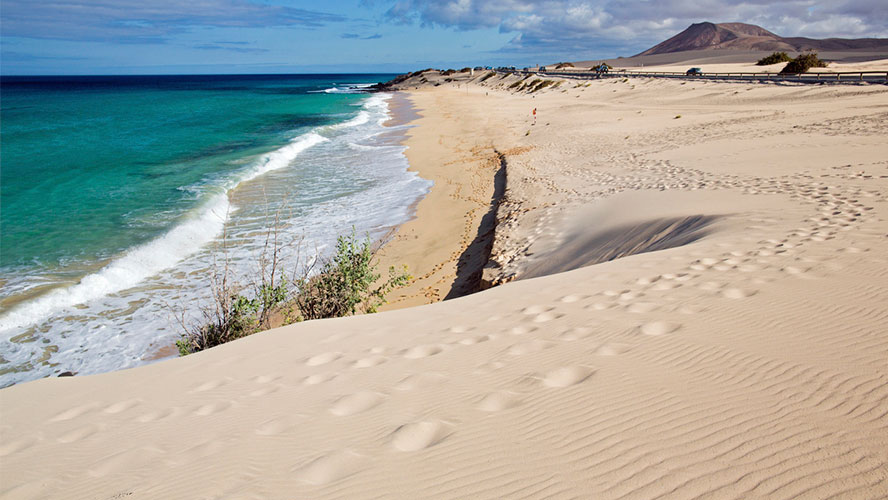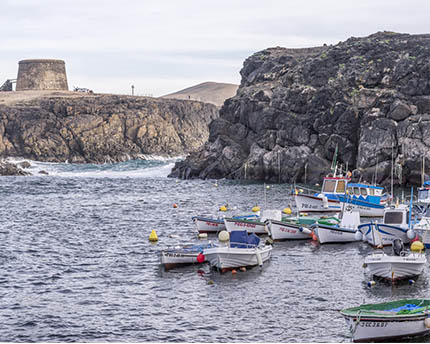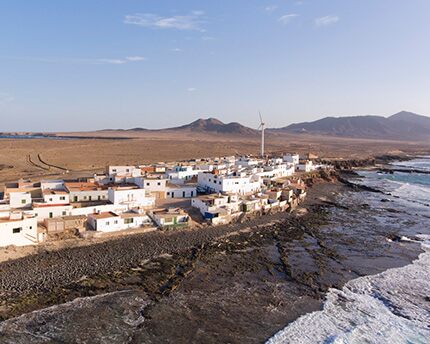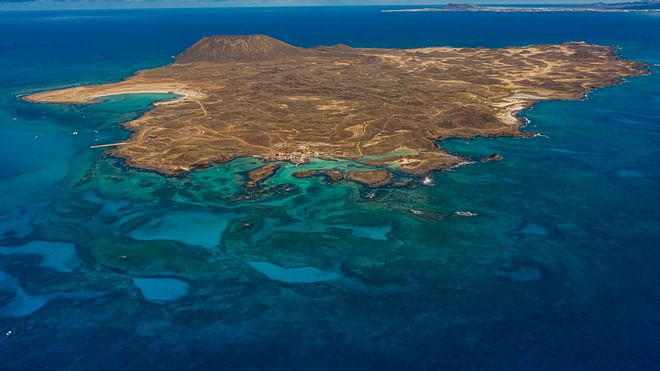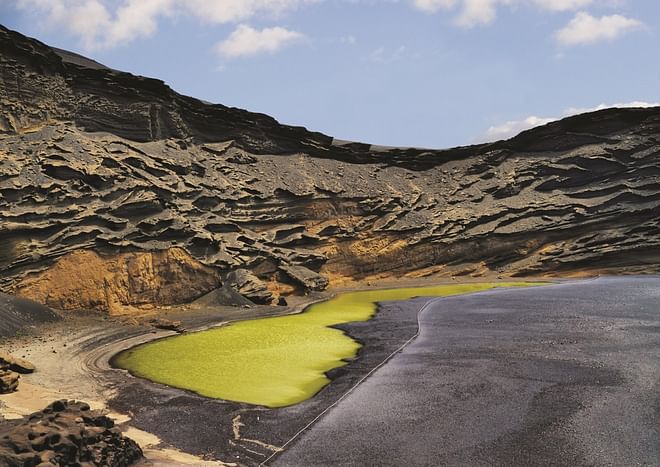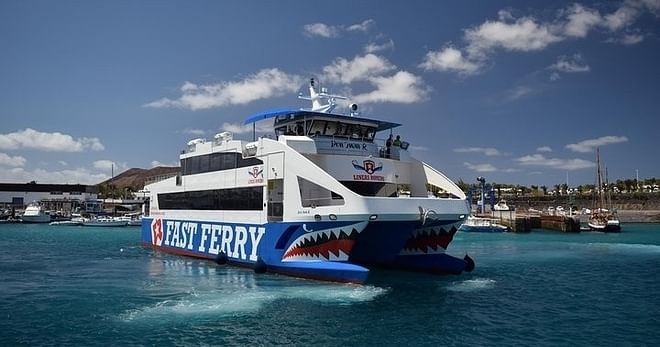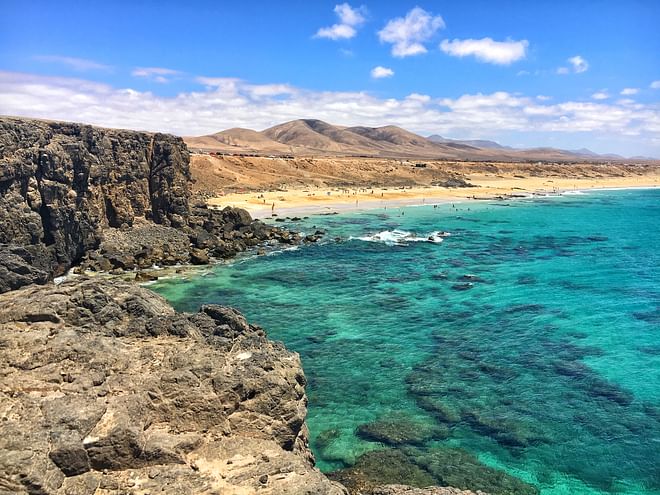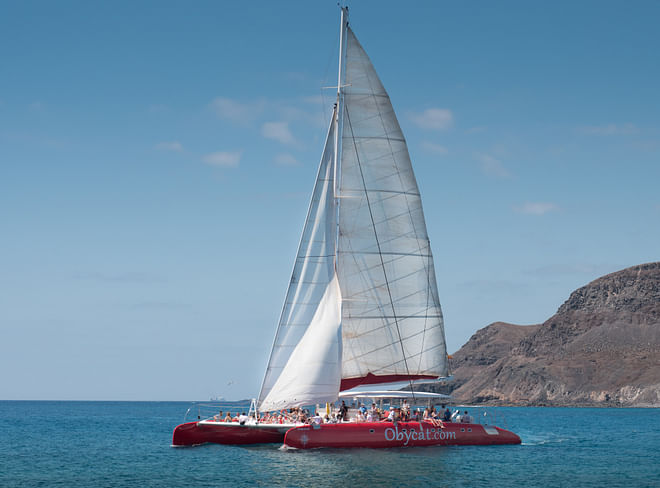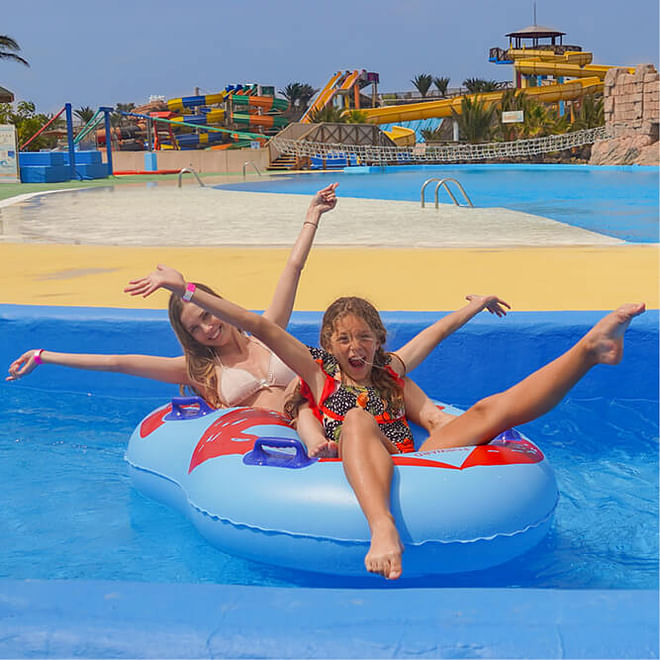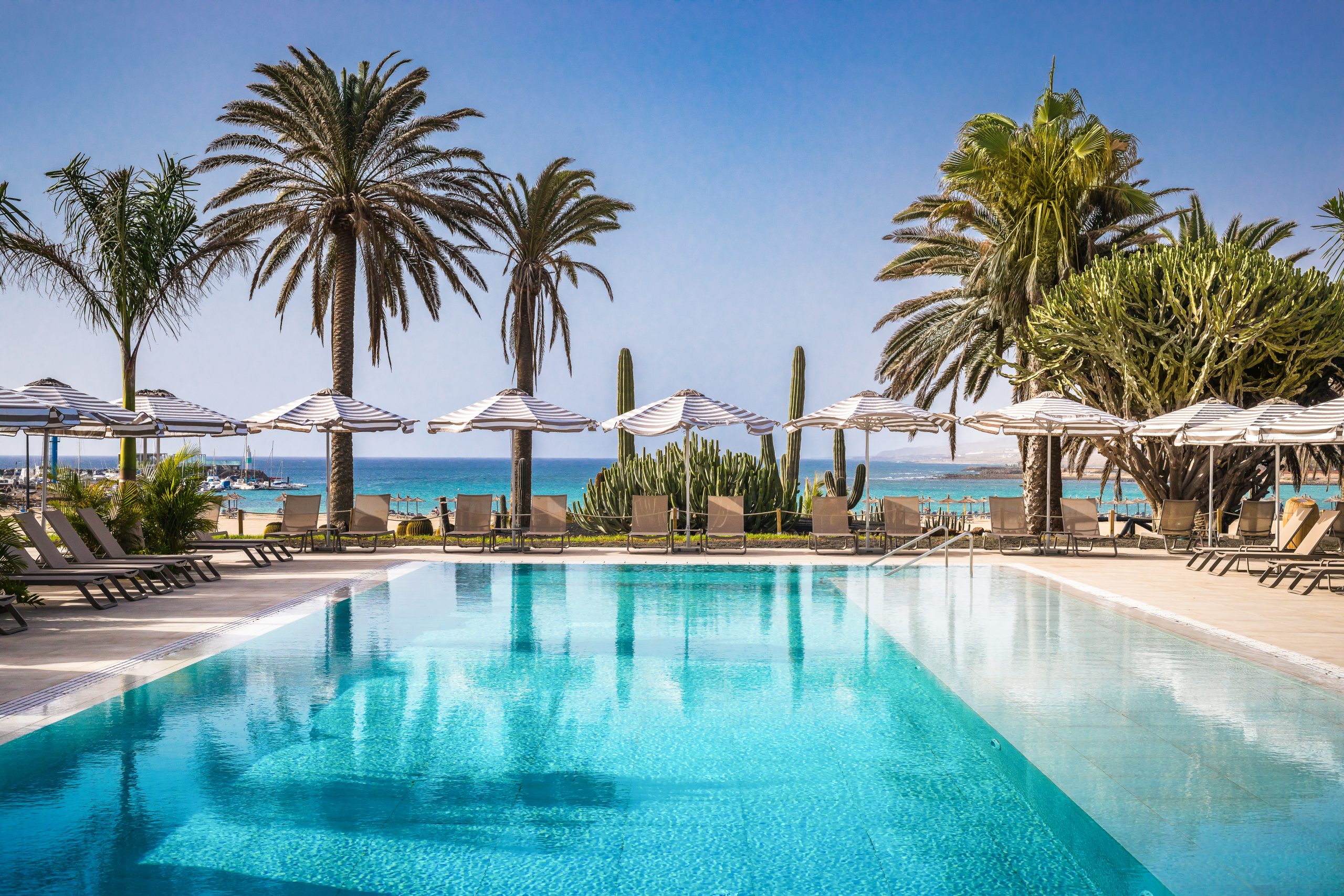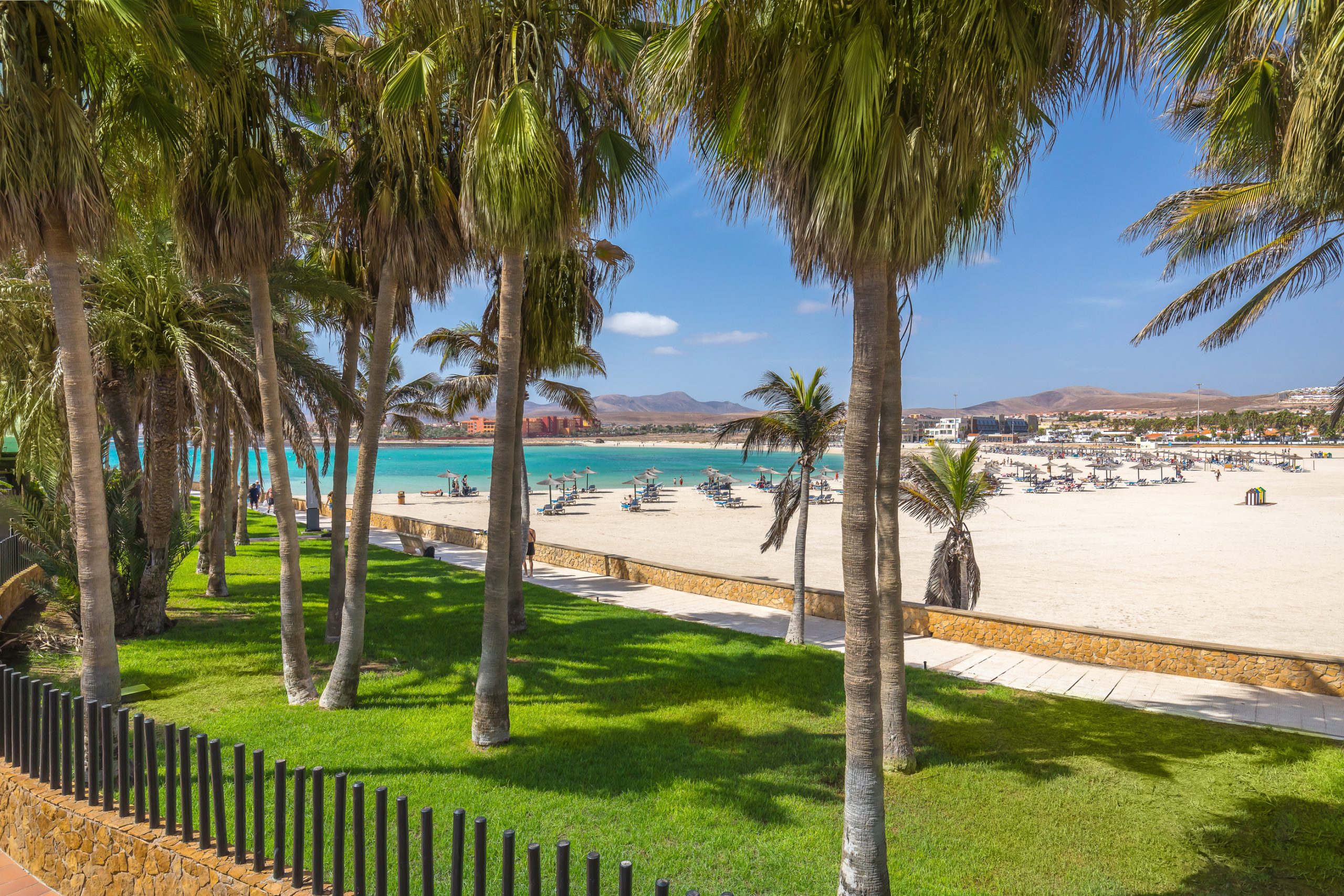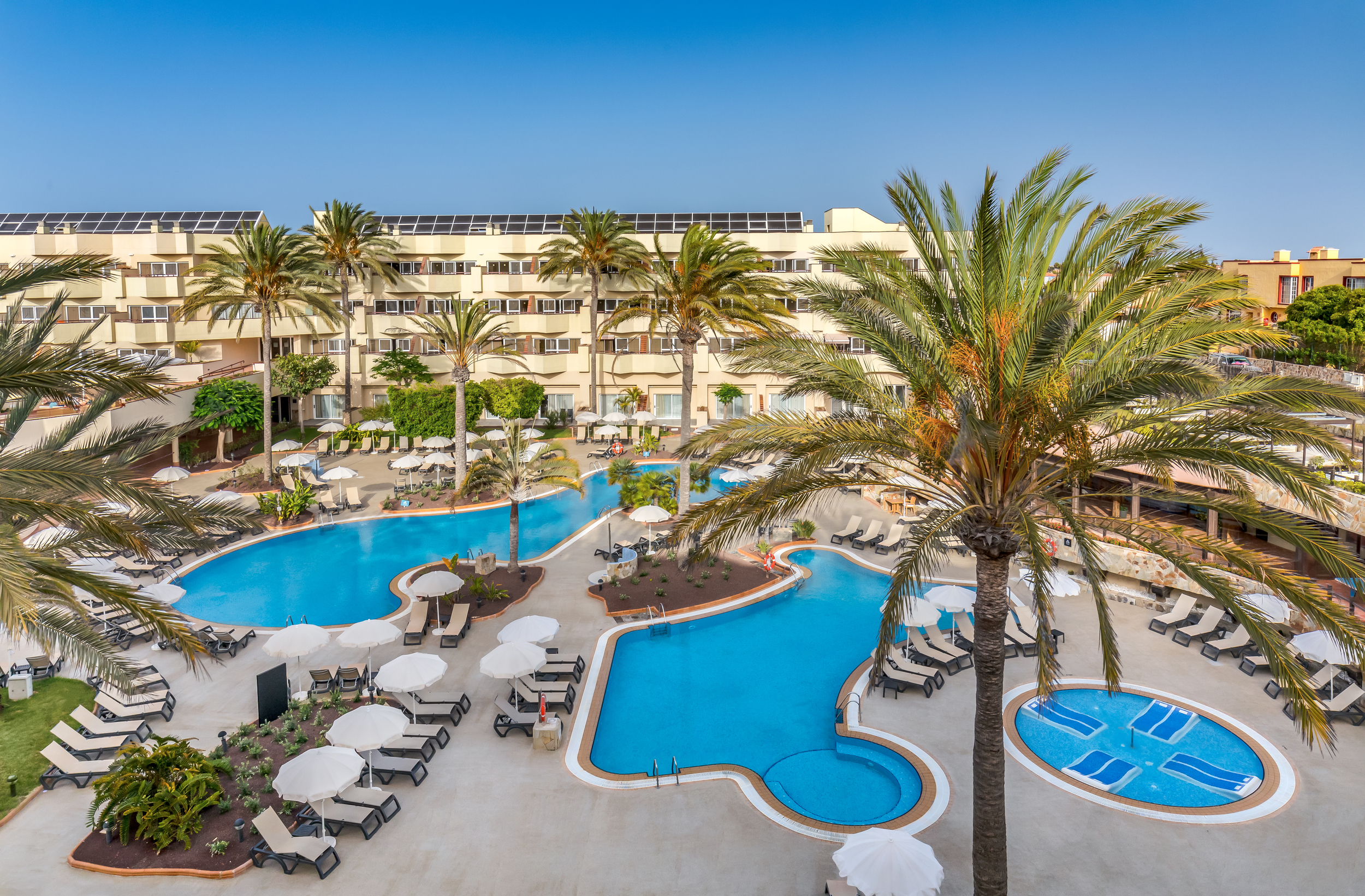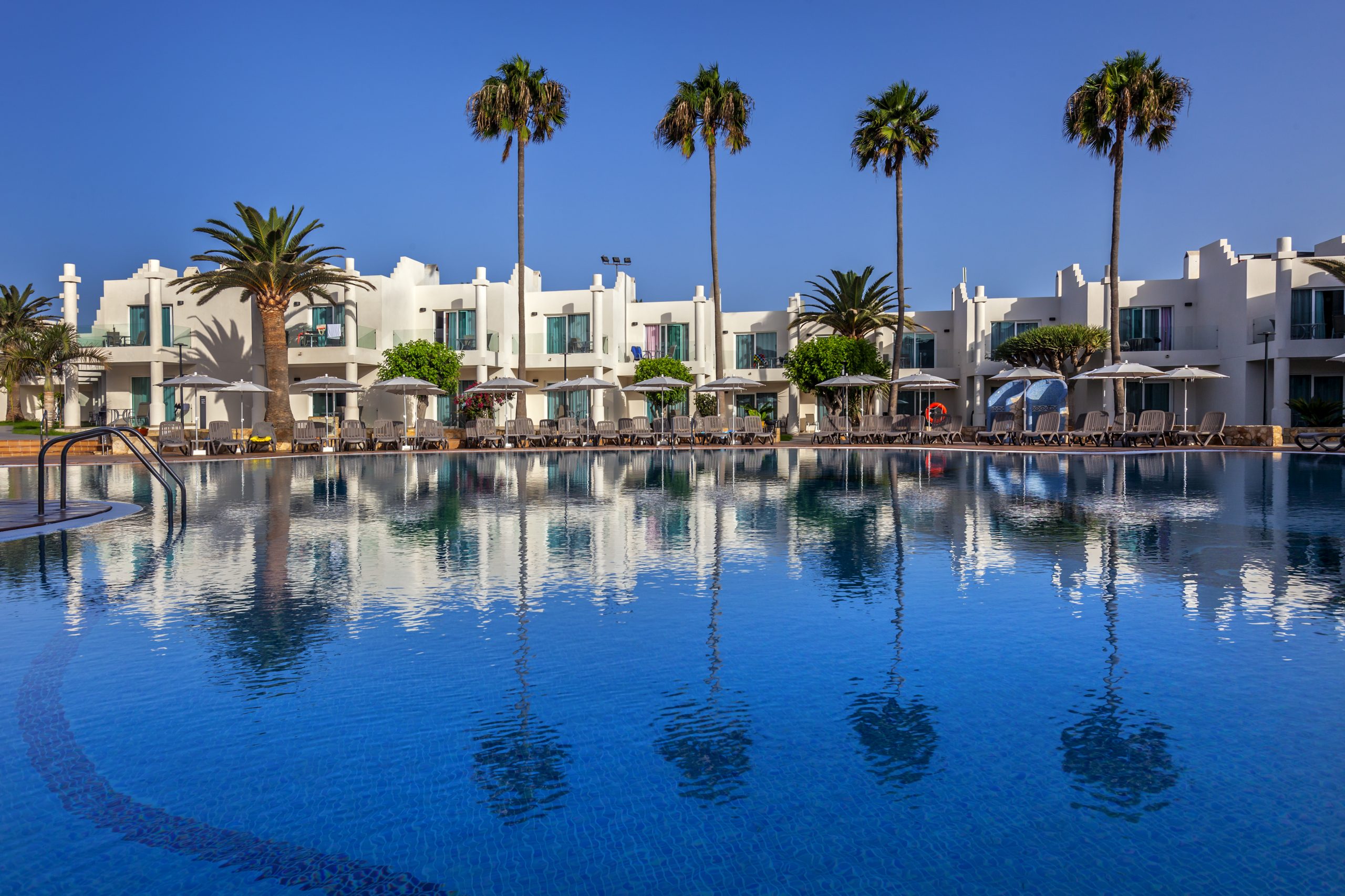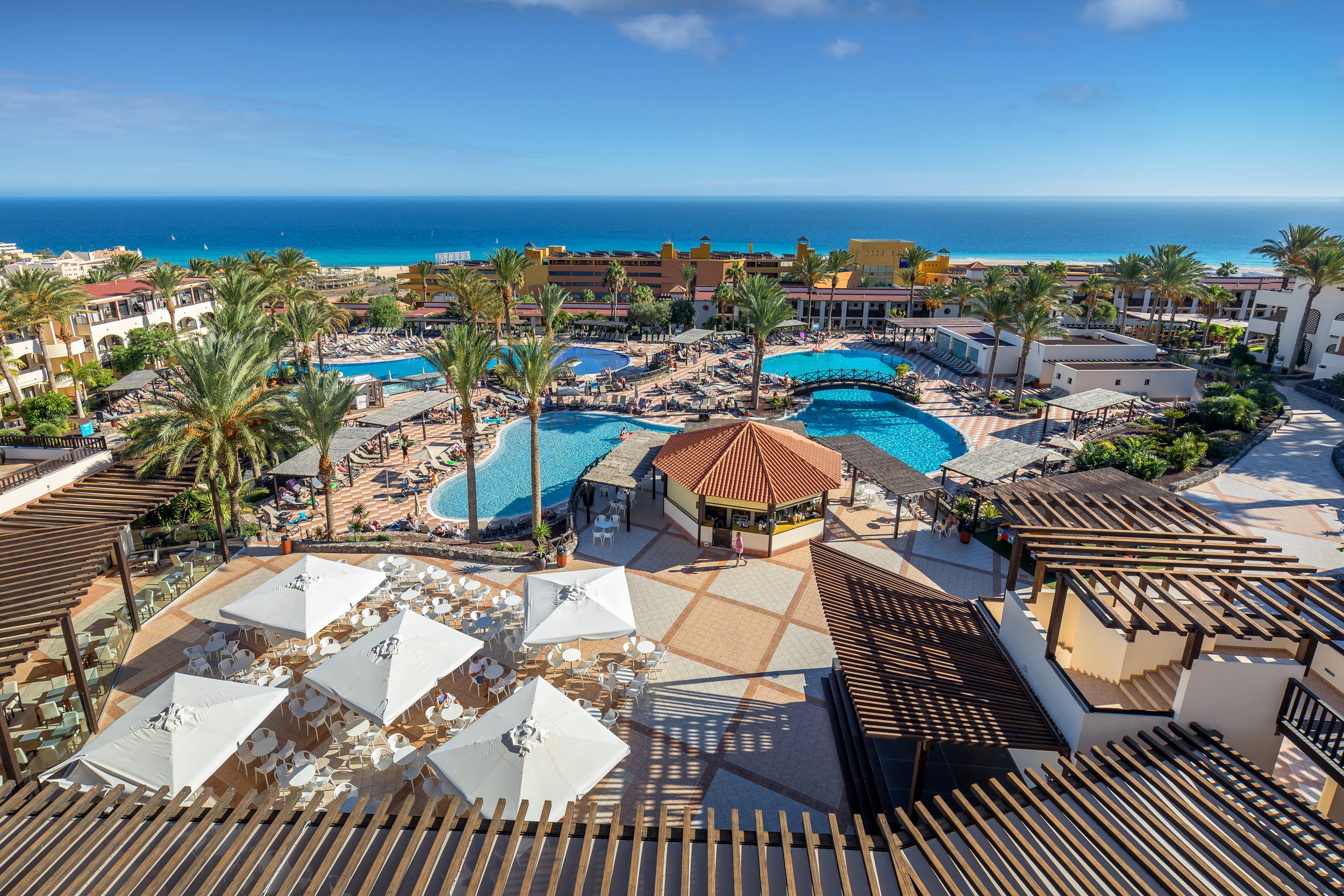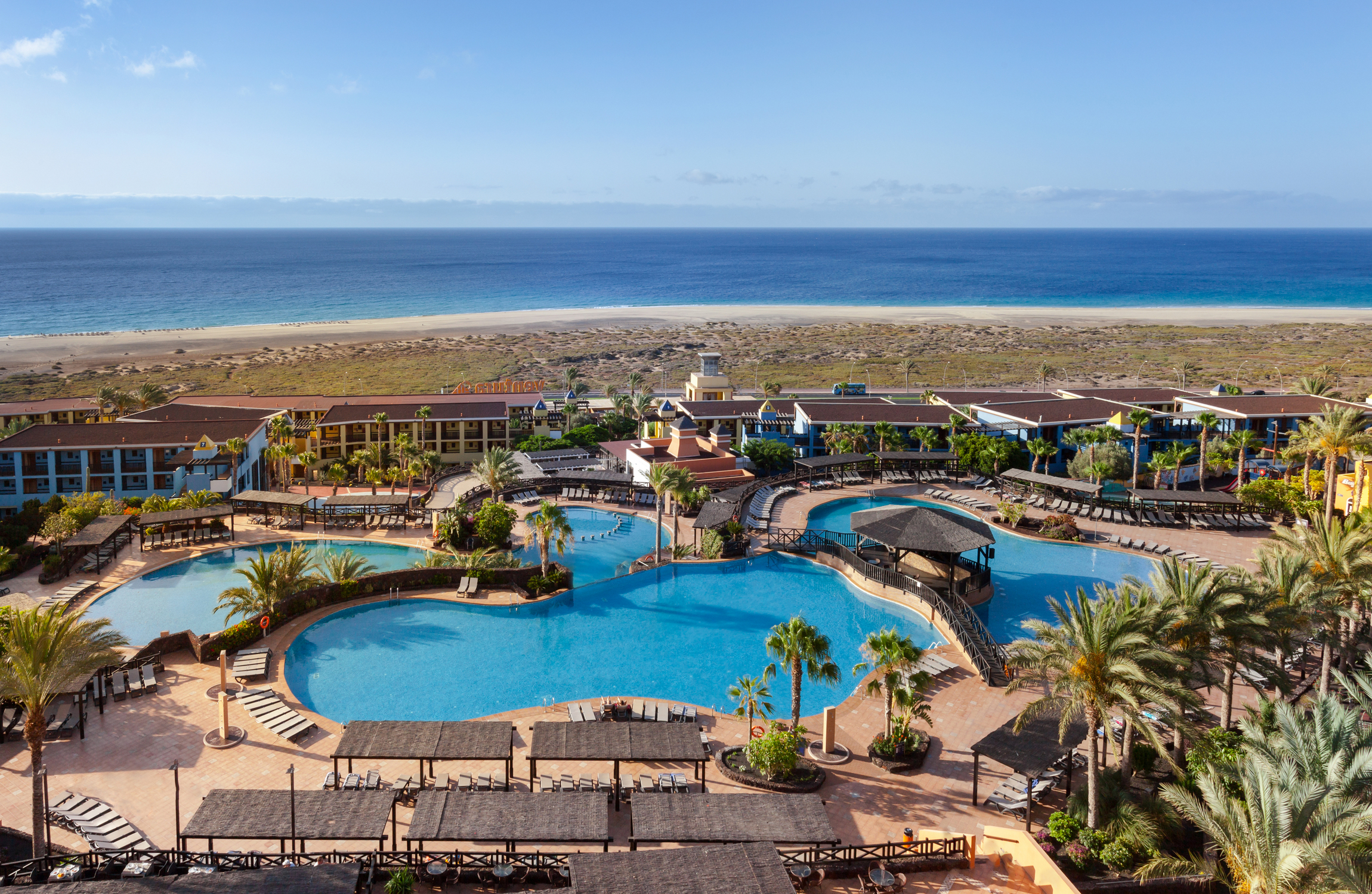The island of Fuerteventura, just like its neighbours, is home to two parallel realities. The first, tourism, is the image published in the media that everybody is aware of. The second, its unknown side, consists only of local people and the odd intrepid adventurer eager to discover places as extraordinary as Lajares.
To enjoy Fuerteventura’s traditional side, its popular customs and local cuisine, you need only head to one of its towns or villages with their white houses and volcanic rock. At sunset, they take on a golden hue and the dust from the streets rises above the cobbles. Local people, meanwhile, relax outside their houses idly chatting with their doors wide open. This is the real life of the island that cannot be found in any guide book.
In the north of the island, several minutes from Corralejo, is the village of Lajares, surrounded by volcanoes and lava flows. The dry and arid landscape recalls a desert, with palm trees that give shade and colour to the monochrome village. Its houses are low, functional and inexpensive, with simple designs and a varied mix of Moorish, Castilian, Portuguese and French traditional styles. A typical Fuerteventura village, without great pretensions, but with a welcoming atmosphere and history that invites you to stay.
Lajares: natural charm in Fuerteventura
The area’s natural wilderness offers a great variety of hiking options. Dozens of trails crisscross one another amid volcanoes and even beaches to form a great network. The most popular—and suitable for all types of people—is the Calderón Hondo Volcano trail, a circular path spanning just over five kilometres. From the summit an enormous 70-metre-deep crater and panoramic views of the island’s northern coast can be seen. From Lajares, the Craters trail (around 10 kilometres) can also be done by foot, with a moderate level of difficulty, to Corralejo. Once in Corralejo you can enjoy spectacular views of the town, the sand dunes and Lobos Island, as well as the island of Lanzarote.
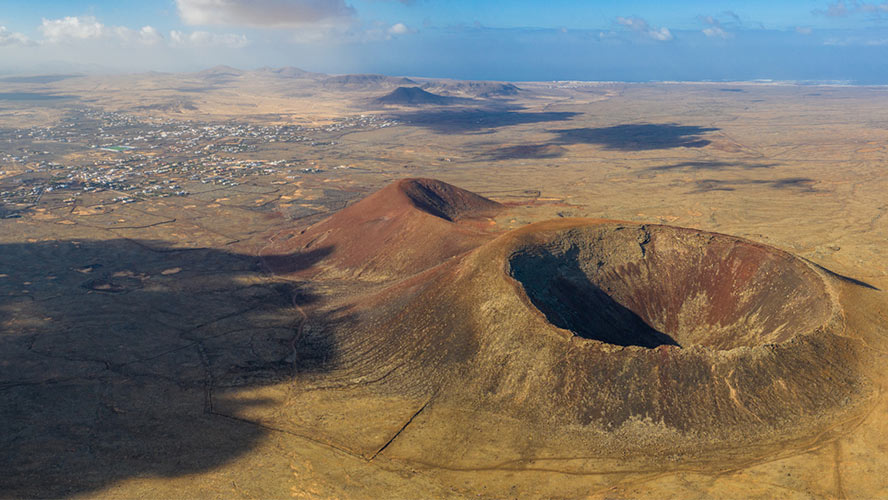
Another low-difficulty trail is the one to El Águila beach (or La Escalerita beach), where you can take a dip at the end of the hike. The route spans around 10 kilometres and doesn’t have any steep slopes, however, the landscapes of El Cotillo will take your breath away. Close to Lajares are some other beaches that are well worth a visit, such as Majanicho, which consists of a rustic cove in a tranquil fishing village. If you enjoy going by bike, we recommend the route from Corralejo to Majanicho (9 km) and the designated paths that skirt the coastline.
What to see in Lajares: the hermitage of San Antonio and markets
Lajares is a great place to get to know the Canary Islands’ most deep-rooted customs and traditions. In the heart of the village all kinds of items are handcrafted: silk, jewellery, hats, leather, paintings, soap and, of course, the finest variety of culinary produce. Be sure to try the Majorero cheese, which you won’t be able to resist. In addition to picturesque shops and crafts markets, the centre of the village is home to countless workshops where artisans hone their creativity. Every Saturday, from 10:00 AM to 2:00 PM, a traditional market takes places on the village square, in which shops, workshops and artists exhibit their items steeped in history. We recommend taking a leisurely stroll through the market and learning about the techniques and people behind these unique products.
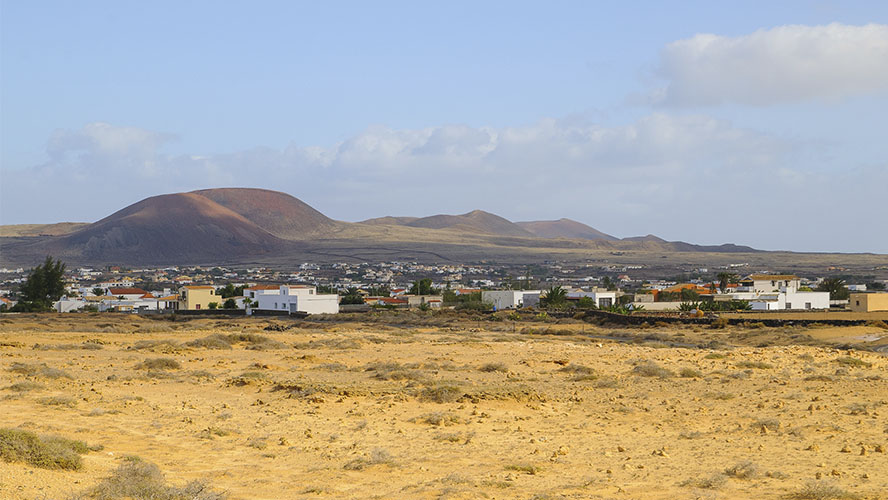
On the same square is the hermitage of San Antonio, a small and picturesque building of which there is little historical information. In the south of the town, rising like ‘enormous giants’, as Cervantes described them in Don Quixote, are the windmills of Lajares. After the conquest of Fuerteventura, a nomadic way of life gave way to more sedentary activity with an economy based on agriculture and the consumption of grains. In the beginning, ‘blood mills’, as they were called, were used, relying on animal and human force to crush the grain, before the force of nature was eventually harnessed to carry out the gruelling labour. The trade winds, which are characteristic of the Canary Islands, led to the construction of windmills in open expanses in the island’s interior.
These days, although no longer in operation, they are an integral part of the rural landscape, with two different types that can be seen. Firstly, the traditional kind with a circular base, two or three floors, and four to six blades. And secondly, a variation of typical grain windmills consisting of a wooden tower, a rectangular building and simpler mechanics. The advantage of these types of mills was that one didn’t have to climb up and down various floors lugging sacks of grain.
Restaurants to eat at in Lajares
You mustn’t leave Lajares without having sampled some traditional cuisine in the most typical establishments. We recommend savouring the flavours of the dishes made at Los Pinchitos, which specialises in goat, enjoying live music at Café Canela (jam sessions are held every Wednesday), and, of course, enjoying a cold beer accompanied by something to graze on in the middle of a desert landscape, albeit with a surfer’s atmosphere, at Fuerte Vida.




































































